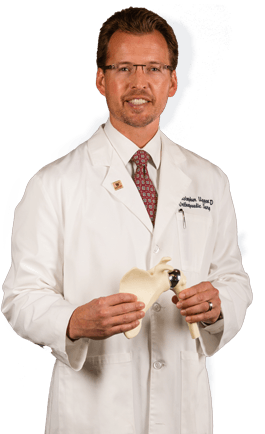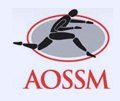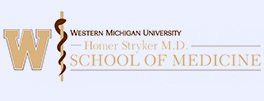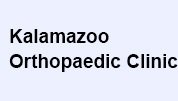Rotator Cuff Tear
The rotator cuff is a group of four muscle tendon units in the shoulder joint that cover and support the shoulder joint and rotate the arm. A tear in the rotator cuff is one of the most common causes of shoulder pain in middle aged adults and older individuals. It may occur with repetitive movements while working or playing sports, during motor accidents, lifting a heavy object or a fall on an outstretched arm. As aging occurs, bone spurs may develop and can damage tendon tissue causing tears.
What are the symptoms of rotator cuff tears?
Rotator cuff tears cause severe pain (even at rest), weakness and a crackling sensation on moving your shoulder in certain positions. There may be stiffness, swelling, loss of movement and tenderness in front and side of the shoulder.
How is a rotator cuff tear diagnosed?
Rotator cuff tears can be diagnosed with a medical review and a thorough physical examination and confirmed following X-ray, magnetic resonance imaging (MRI), or ultrasound.
What are the treatment options?
Symptomatic relief may be obtained with conservative treatments including rest, shoulder sling, pain medications, NSAIDs, steroid injections, and shoulder exercises. However, surgery is required when these methods do not help to relieve the symptoms. Rotator cuff repair may be performed by traditional open surgery (involving a large incision) or minimally invasive procedure with arthroscopy (a lighted narrow fiber-optic tube with a camera is inserted through tiny incisions). Surgery may involve removal of bone spurs, repairing and re-attaching torn tendons with suture anchors to the shoulder bone, and sometimes transferring another functional tendon from its original location to restore function. Following the surgery, home exercises and physical therapy are necessary to practice motion and strengthening exercises. Return to full activities after surgery often requires up to six months.













